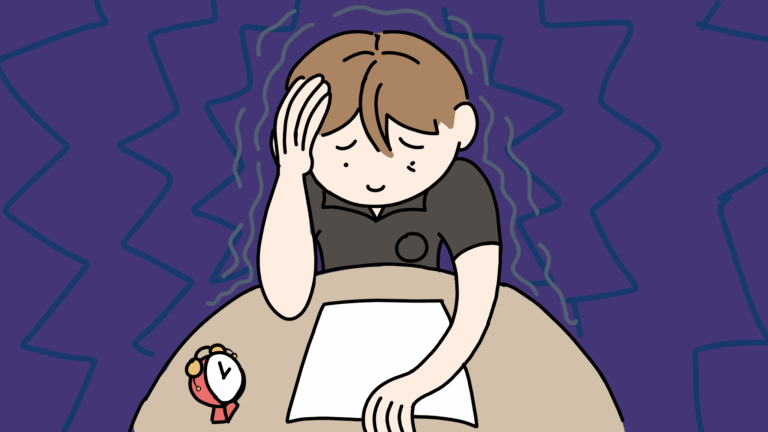Hurricane season in the Pacific starts in early June and ends in late November.
Recently in Hawaii, the hurricane season has brought with it thunderstorms, lightning, rain, and an increase in humidity. This August, heavy rains led to road closures due to flooding and caused a sewage spill that closed beaches in Waikiki. Currently, Tropical Storm Jimena is northeast of Honolulu, bringing with it large surf, high humidity and the threat of heavy rains to the islands.
Hawaii is no stranger to the destructive power of hurricanes. According to Hawaii News Now, Hurricane Iwa (1982) “caused severe property damage, minor physical damage, one death, and up to $250 million in damage” on the island of Kauai. Hurricane Iniki (1992) is the most recent hurricane that hit the islands with devastating results. According to Hawaii News Now, 1,400 homes were destroyed, 5,000 homes were damaged, and six people were killed. The damage was assessed at $1.8 billion.
According to the National Weather Service, this year, being an El Niño year, will be a busy hurricane season for Hawaii. Some Hawaii residents have stocked up on hurricane supplies for this year. “When my mom knows it is an El Niño year, she makes sure she gets all of the essentials like water and canned foods and saves a bag of blankets and clothes on the side in case we do have to evacuate quickly,” says Sherry Oga, parent of sophomore Camille Oga.
Sophomore Mari Kunihisa is worried about how the season will affect her studies. “I’m kind of sad because I feel like the electricity might go off a lot and that means I feel the need to rush my homework which might result in bad grades,” she said.
The recent rain and thunderstorms have also affected student athletes. “I know my sister is affected by it because a lot of the places she practices paddling in has brown water warnings so she can’t practice,” says sophomore Natalie Kwon. “Cross country is also affected by it. For instance, just yesterday, we had to run at school because there was thunder and lightning.”
In Hawaii, the American Red Cross recommends that residents prepare for seven days of emergency supplies because of the state’s isolation from the mainland. It is also important that people are aware if they live in an evacuation zone and know what to do in case of an evacuation.






